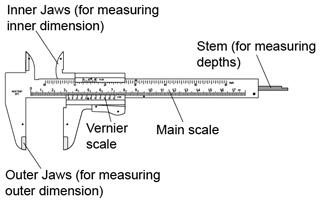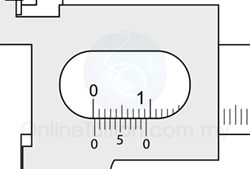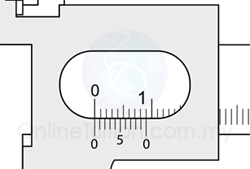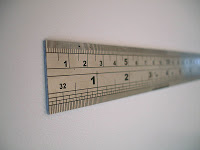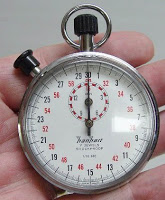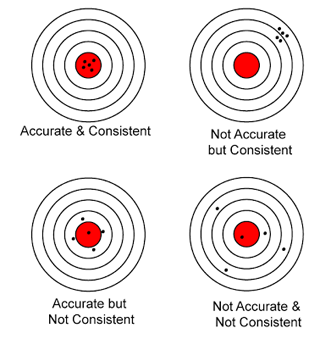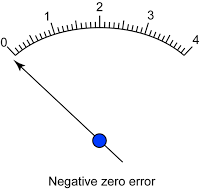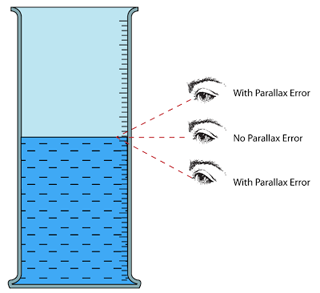- The scientific method is a systematic method in doing their work.
- A report of the investigation must include:
- Objective of the experiment,
- Inference,
- Hypothesis,
- Three types of variables: manipulated variable, responding variable and fixed variable,
- Defined operational variables,
- List of apparatus,
- Procedure,
- Tabulation of data,
- Analysis of data,
- Conclusion
Inference:
Inference is a statement to state the relationship between two visible quantities observed in a diagram or picture.
Hypothesis:
Hypothesis is a statement to state the relationship between two measurable variables that can be investigated in a lab.
Variables.
A variable is a quantity that can vary in value. There are 3 types of variable:
- Manipulated Variables: Manipulated variables are factors which changed for the experiment.
- Responding Variables: Responding variables are factors which depend on the manipulated variables.
- Constant Variables: Constant variables are factors which are kept the same throughout the experiment.
Tabulating Data
A proper way of tabulating data should include the following:
- The name or the symbols of the variables must be labelled with respective units.
- All measurements must be consistent with the sensitivity of the instruments used.
- All the values must be consistent to the same number of decimal places.
Graph
Graphs are used to make a relationship between variables.
Gradient value and extrapolation of a graph are used to analyse a graph.
A well-plotted must contain the following features:
- A title to show the two variables under investigation,
- two axes labelled with the correct variables and their respective units,
- the graph drawn is greater than 50 % of the graph paper,
- appropriate scales (1:1 x 10x, 1:2 x 10x and 1:5 x 10x)
- all the points are correctly plotted,
- a best fit line is drawn



